Friends don't necessarily made good business or creative partners
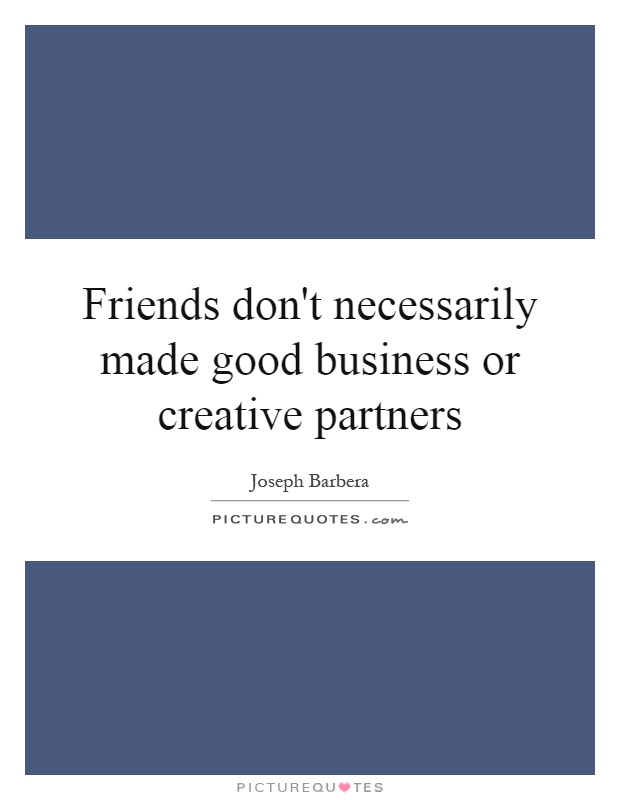
Friends don't necessarily made good business or creative partners
Joseph Barbera, one half of the legendary animation duo Hanna-Barbera, is a prime example of how friends don't necessarily make good business or creative partners. Barbera and his longtime friend and business partner, William Hanna, created some of the most iconic and beloved animated characters and series in television history, including The Flintstones, The Jetsons, and Scooby-Doo. However, their partnership was not without its challenges and conflicts.Barbera and Hanna first met in the 1930s while working at MGM Studios, where they collaborated on the Tom and Jerry cartoons. They quickly became close friends and decided to strike out on their own in 1957, forming Hanna-Barbera Productions. Their partnership was initially successful, with their first series, The Ruff and Reddy Show, becoming a hit. However, as their company grew and they took on more projects, tensions began to arise between the two friends.
One of the main reasons why friends don't necessarily make good business partners is that personal relationships can often cloud judgment and lead to conflicts of interest. In the case of Barbera and Hanna, their friendship sometimes got in the way of making tough business decisions. Barbera was known for being more of a risk-taker and creative visionary, while Hanna was more conservative and focused on the business side of things. This difference in approach often led to disagreements and power struggles within the company.
Another reason why friends may not make good business partners is that they may have different creative visions and goals. While Barbera and Hanna were able to collaborate successfully on many projects, there were times when their creative differences caused friction. For example, Barbera was more interested in pushing the boundaries of animation and experimenting with new techniques, while Hanna preferred to stick to more traditional storytelling methods. This clash of creative visions sometimes led to creative compromises and diluted the quality of their work.
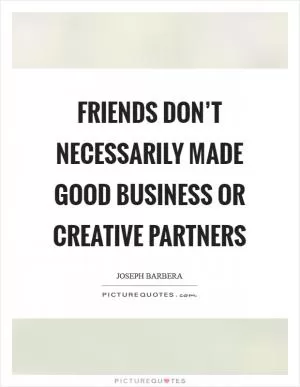
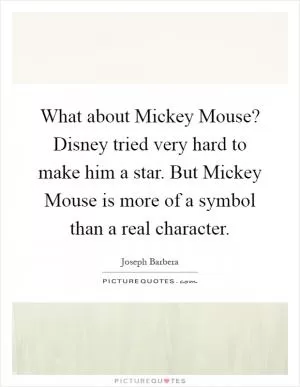

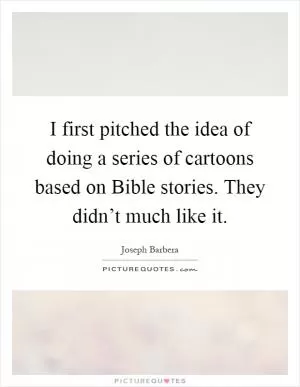
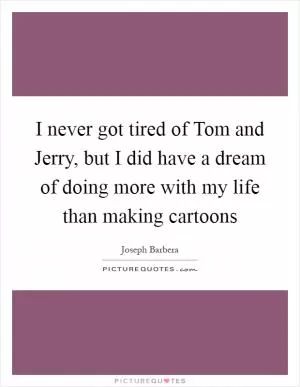

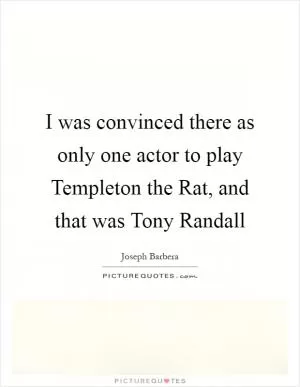
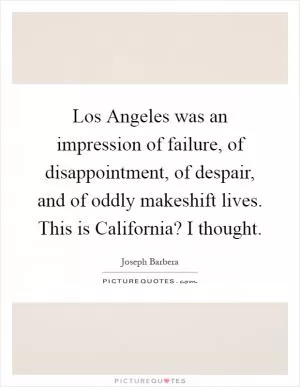
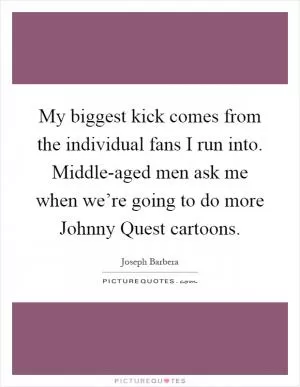
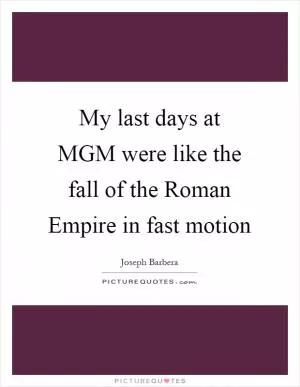
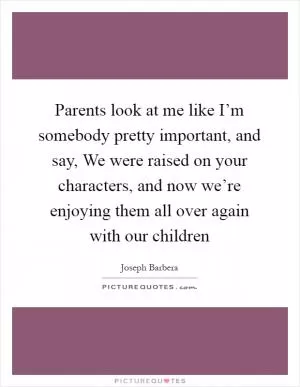

 Friendship Quotes
Friendship Quotes Love Quotes
Love Quotes Life Quotes
Life Quotes Funny Quotes
Funny Quotes Motivational Quotes
Motivational Quotes Inspirational Quotes
Inspirational Quotes